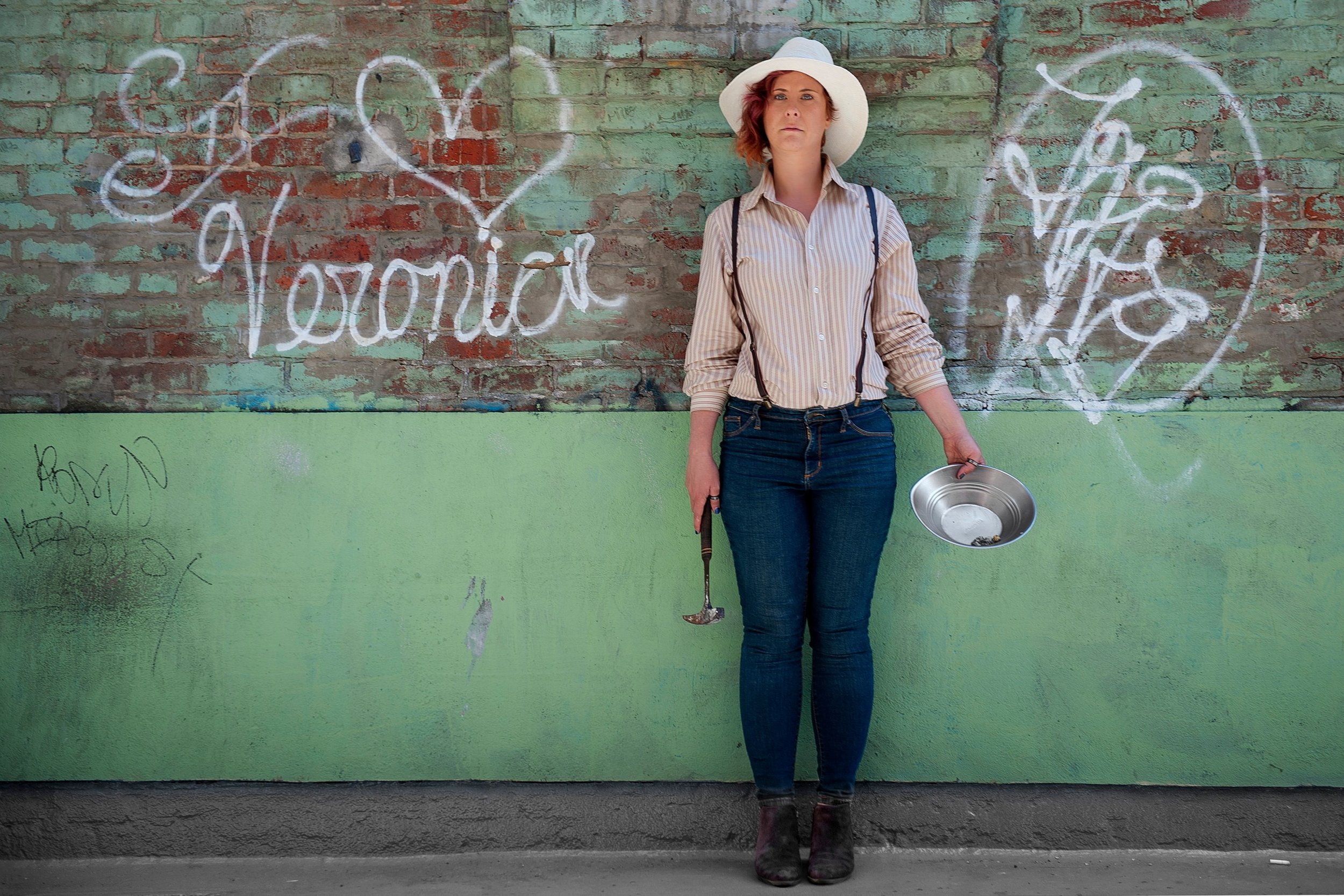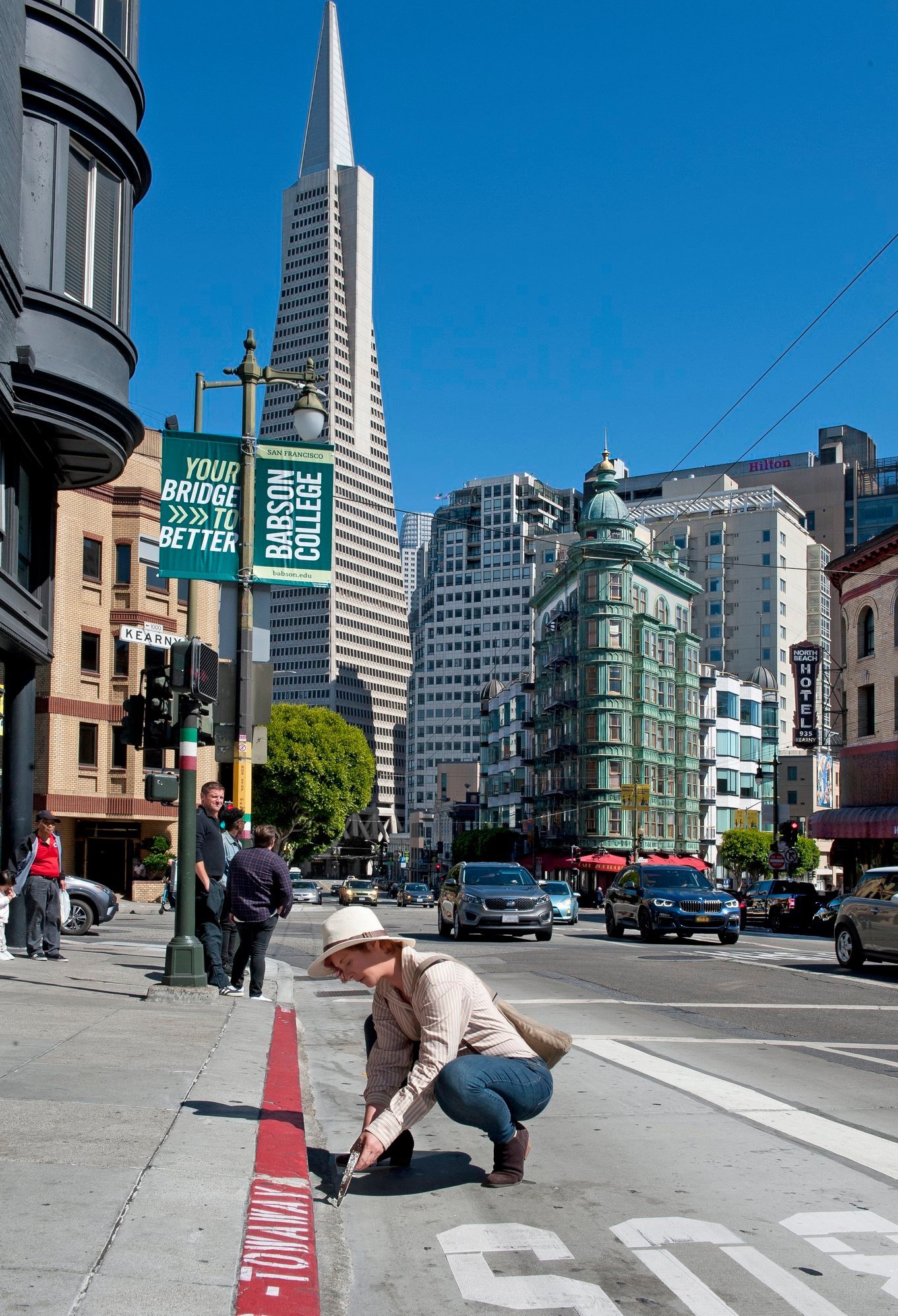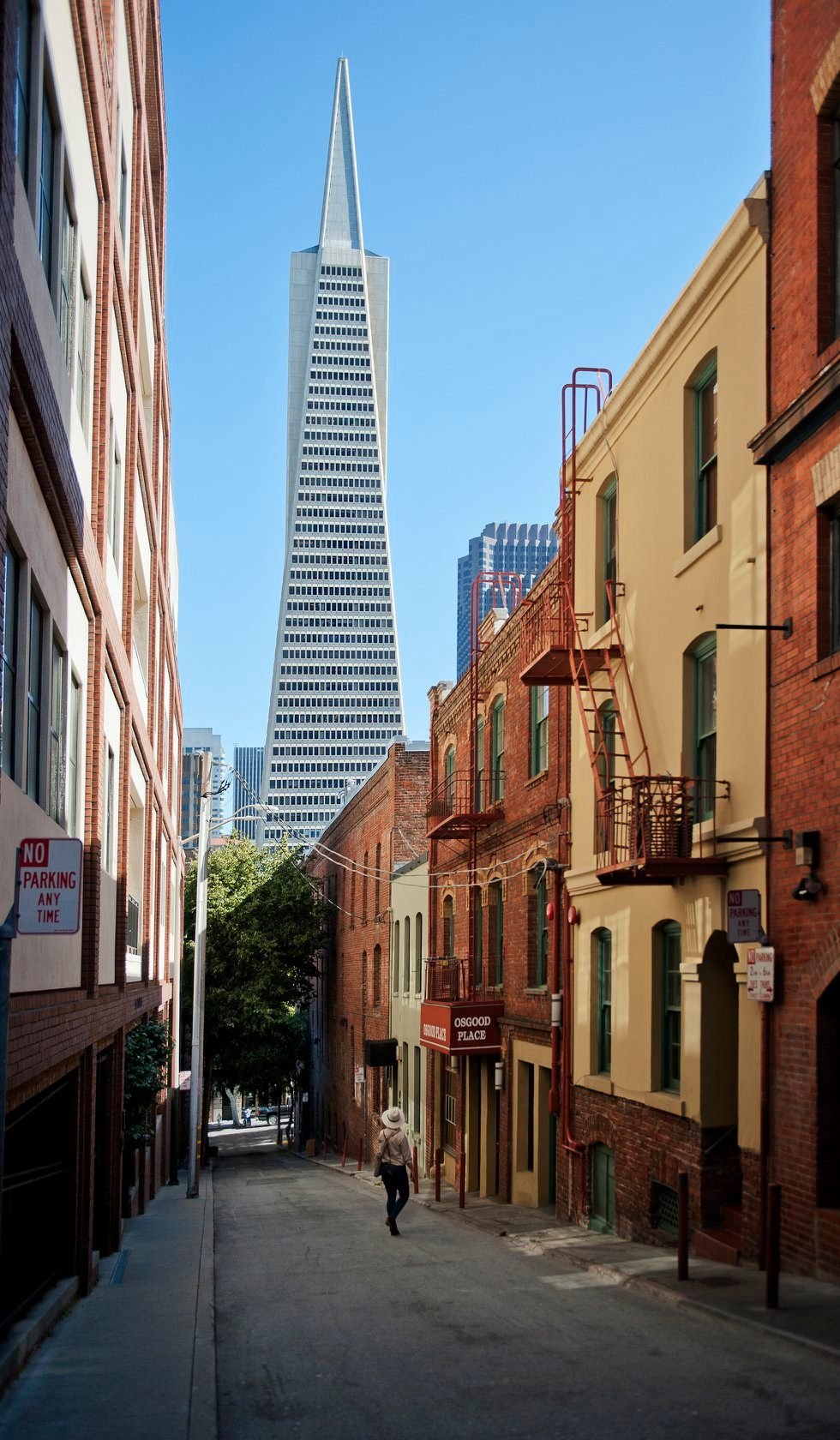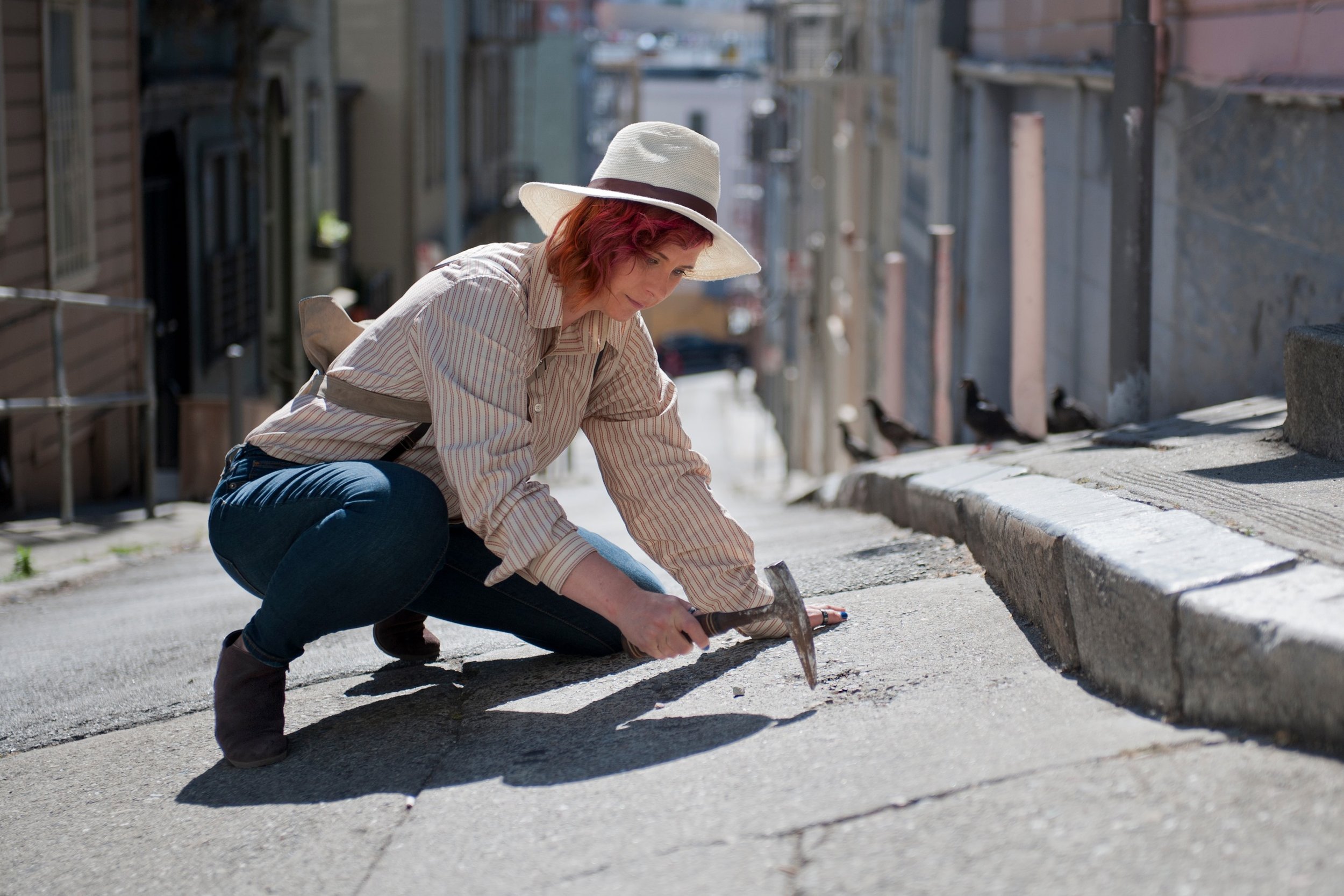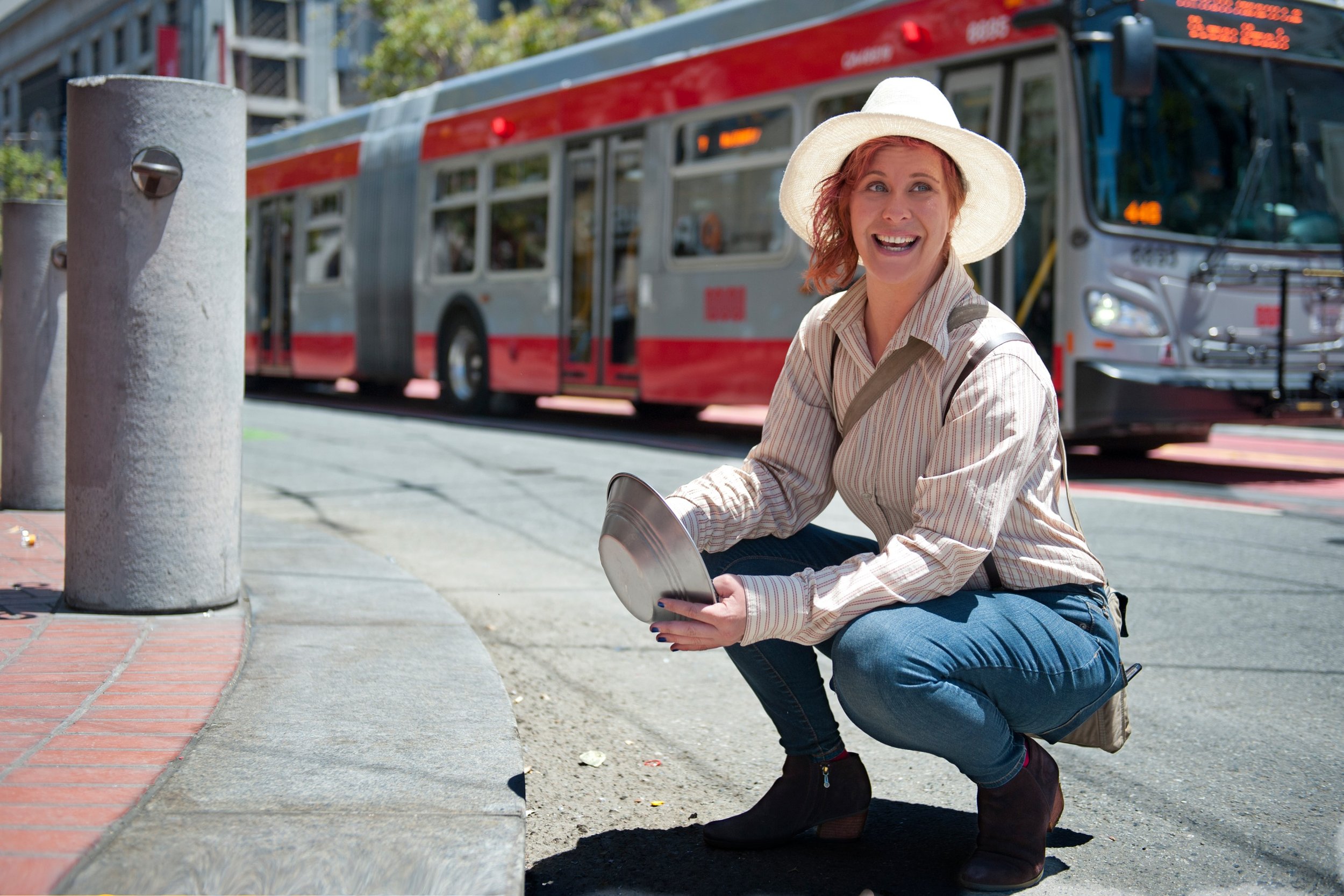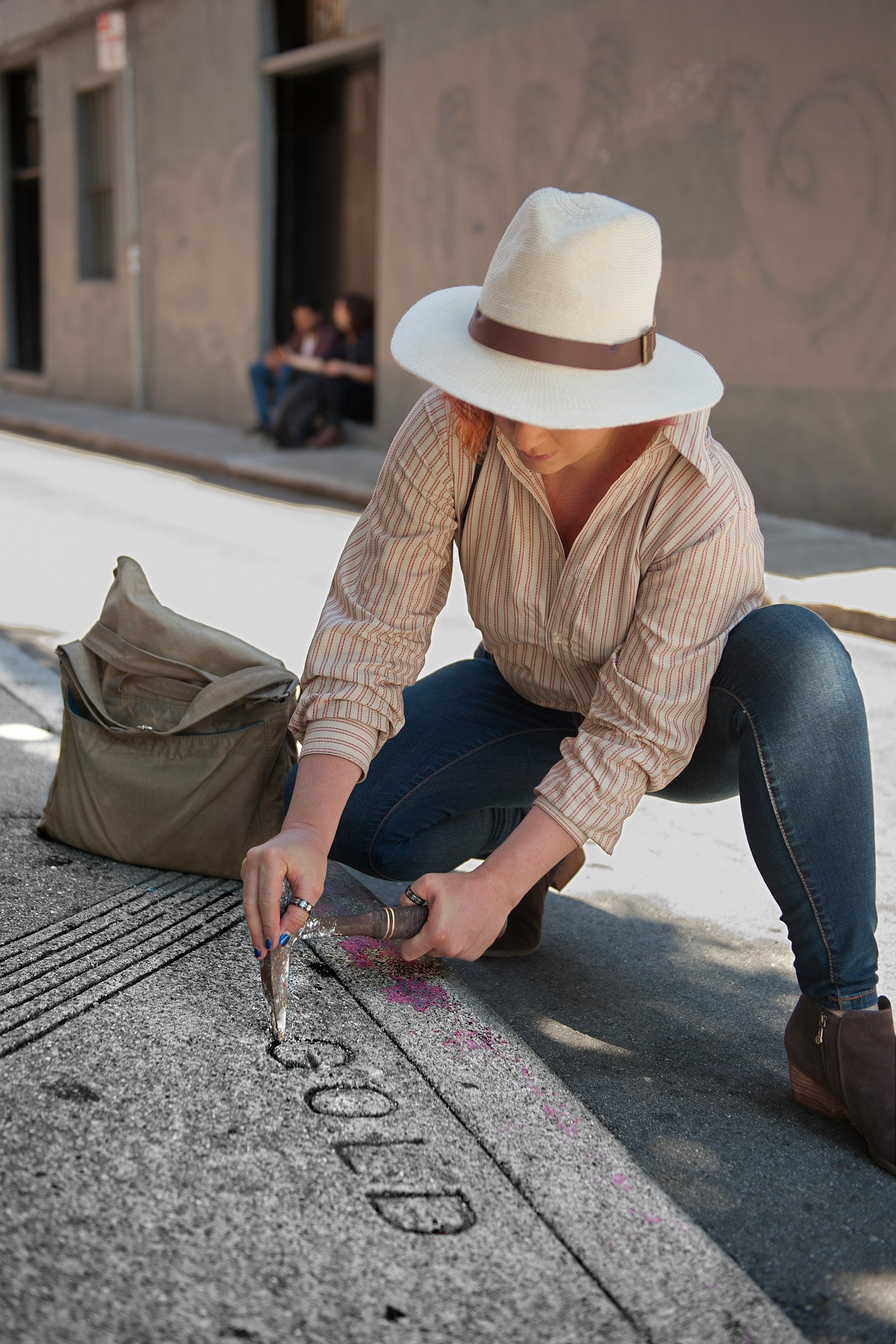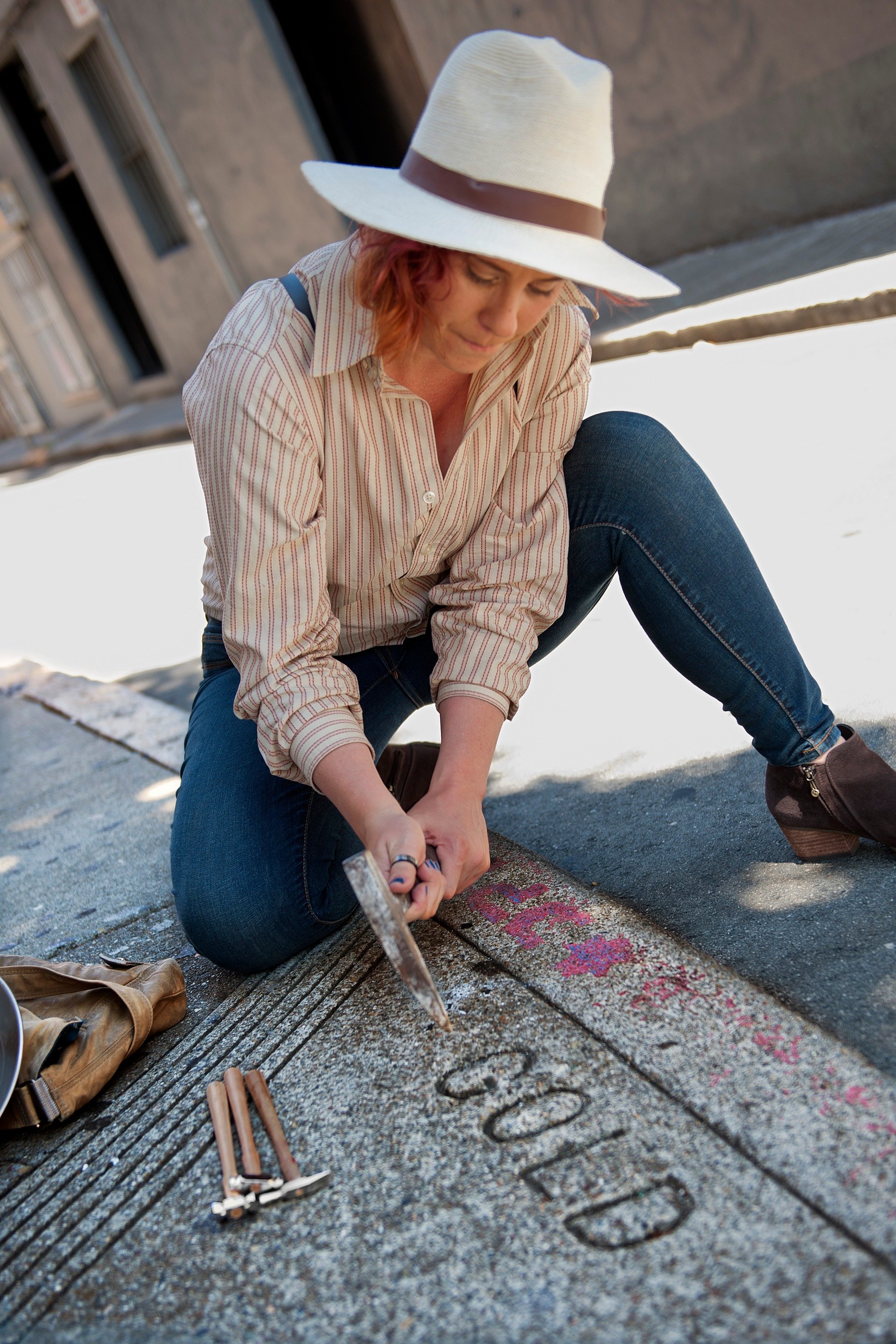Streets of Gold
Performance + relics by Kasey Smith, in collaboration with Chuck Revell.
Photo by Chuck Revell
“Dust always blowing about the town,
Except when sea-fog laid it down,
And I was one of the children told
Some of the blowing dust was gold.
All the dust the wind blew high
Appeared like god in the sunset sky,
But I was one of the children told
Some of the dust was really gold.
Such was life in the Golden Gate:
Gold dusted all we drank and ate,
And I was one of the children told,
’We all must eat our peck of gold.’”
The mythos of gold looms large in the collective imagination, but the most mined substance in the world is not gold, it’s humble, lowly gravel. Dredged and excavated from sites all over the world, one source of Northern California’s gravel is the tailings of Gold Rush era hydraulic mines. As water pressure was used to carve gold-bearing soil and rocks from the Sierras, untold tons ended up clogging the waterways of the Foothills and Central Valley. In the 20th and 21st centuries it would find a second act as aggregate in concrete and asphalt.
Hence while the streets of San Francisco may not be paved with gold, they are paved with the direct byproduct of gold mining. A Golden City built on a hundred million pebbles. What if Sutter got it wrong and they were the prize worth mining for all along?
Streets of Gold is a companion to 2018’s public installation 750,000 lbs. While both are about the impact of the Gold Rush in general, and hydraulic mining in particular, they focus on different mining byproducts. Whereas 750,000 lbs focused on silt deposits in the Bay, Streets of Gold is about the gravel that eventually made it down from the goldfields and into San Francisco’s streets and sidewalks.
Playing on the old phrase “the streets are paved with gold” the performance involved two hours of mining for gravel in San Francisco’s North Beach, Jackson Square, and Union Square neighborhoods. An inversion to the economics and history of mining in California, the act elevates the gravel from mere byproduct, while simultaneously downgrading the gold.
Photo collage by Chuck Revell


